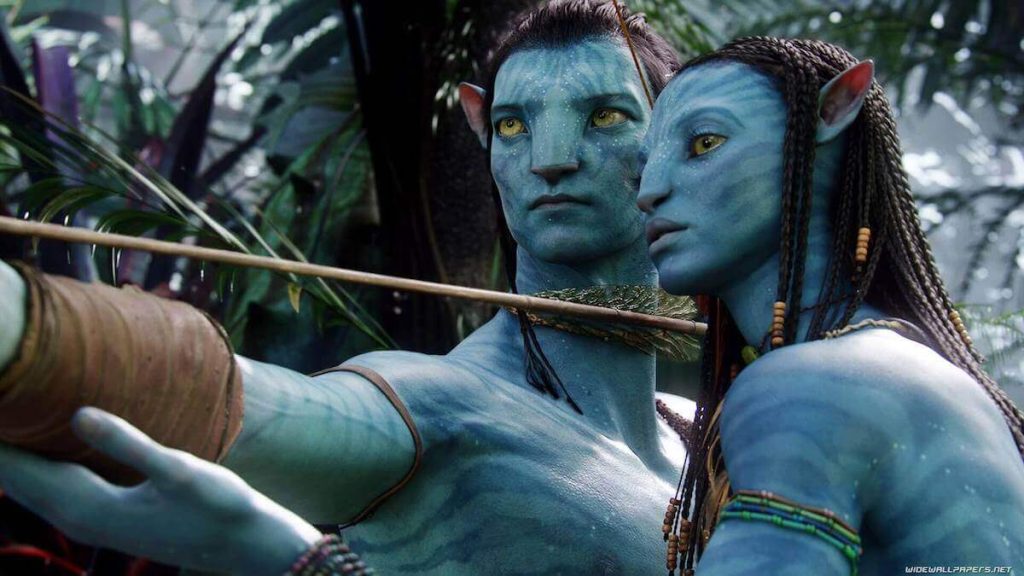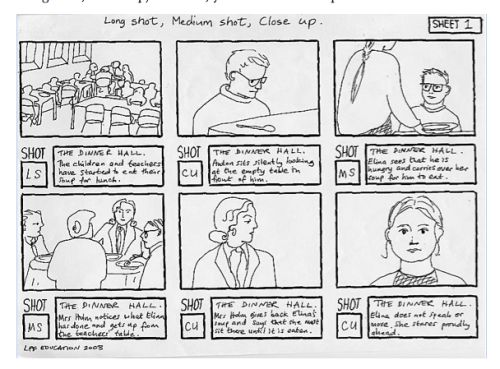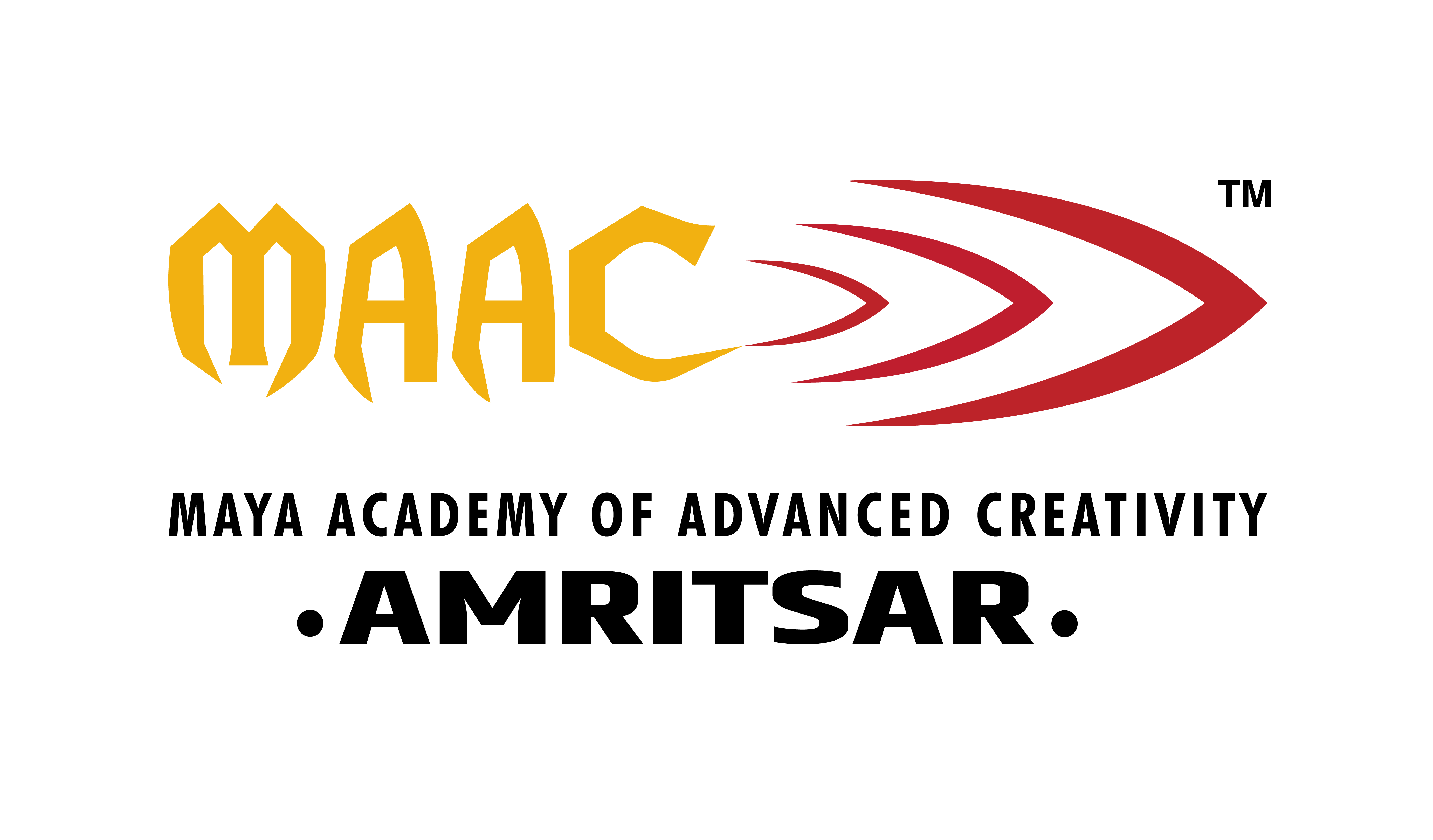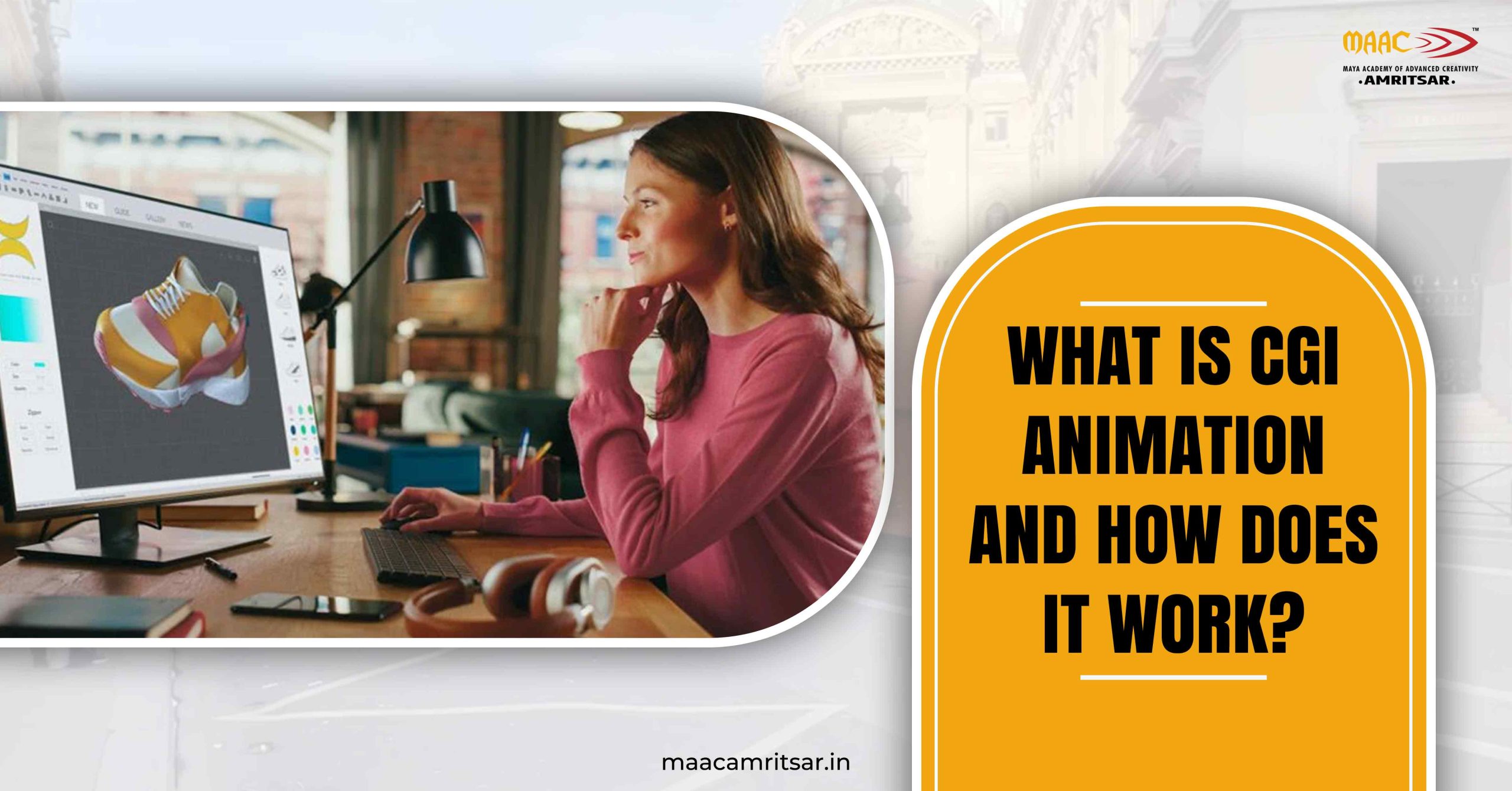The art of CGI animation has revolutionized the entertainment industry creating worlds and characters that were once impossible to bring to life. The popular cartoon movie Toy Story is the perfect example of CGI animation which has transformed how we watch movies and experience storytelling. Computer-generated imagery plays significant role in modern digital storytelling. CGI makes superhero movies look real and creates magical worlds in animated films.
In this blog we will explore what CGI animation is, how it works, the tools used, key techniques, and the career opportunities in this field.

What is CGI Animation?
The term CGI stands for computer generated imagery. It is a process of creating moving images by using computer software. CGI animation is modern way of creating motion graphics rather than traditional method in which animators use traditional techniques like hand drawn or stop motion animation. Computer generated imagery is sub category of visual effects.
The purpose of computer generated imagery is to create images and animations that look very real. It is also used to make the visuals in games, movies and other media more impressive and engaging. It helps creators make realistic motion graphics with details like texture and shading.
CGI animation comes in various forms:
2D CGI Animation:
Animators use computer programs to make 2D visuals that look like traditional hand drawn animation but are created with digital tools.
3D CGI Animation:
Creates three dimensional models and environments with depth, volume, and ability to be viewed from multiple angles.
Visual Effects (VFX):
Integrates CGI elements with live action footage to create scenes that would be impossible to capture through physical means.
Importance of CGI Animation
CGI animation is incredibly important because it allows creators to bring their ideas to life in ways that traditional methods cannot.
Enhancing Storytelling
CGI has removed many limits in filmmaking. Now directors can bring their ideas to life without worrying about what can be built.
Cost Effectiveness
It can save time and money by reducing the need for elaborate sets and large scale shoots. Creating digital explosion is typically safer and less expensive than filming real one.
Accessibility
As CGI software gets easier to use and cheaper, more people can use it. This makes animation more accessible and leads to a wider variety of creative content.
Widely Used Across Media
CGI is main component in industries like film, gaming, advertising, and education, making it versatile tool.

How CGI Animation Works?
Making CGI animation involves many connected steps that combine creativity and technical skills. Let’s learn about how CGI technology works.
1. Concept and Storyboarding

Every animation starts with the concept of idea. Artists create concept art, character designs, and storyboards to visualize the story before any digital work begins. This crucial planning stage helps establish the visual style, mood, and narrative flow.
2. Modeling

Modeling in CGI animation is the process of creating 3D representations of characters, objects, and environments using specialized software. Artists start with basic shapes like spheres, cubes, and cylinders to form the foundation of the model. The models are made up of vertices (points) and polygons (surfaces) which artists manipulate to create smooth curves. Advanced tools are used to add fine details like wrinkles, textures, and patterns which make models more realistic.
3. Texturing

Texturing artists create and apply materials to the 3D models and define properties like color, roughness, reflectivity, and transparency. Modern texturing mostly involves creating multiple maps for different surface properties:
Color Map: Adds basic color and patterns.
Bump/Normal Map: Creates the illusion of tiny bumps and grooves without changing the model’s shape.
Specular Map: Controls how shiny and reflective the surface looks.
4. Rigging

The digital skeleton is needed before characters can move. Rigging artists create digital skeletons for 3D models so they can move and bend realistically. Advanced rigs have features that allow for detailed facial expressions, realistic muscle movements, cloth animation, and other controls. These features help animators create more lifelike and complex performances.
5. Animation

In CGI animation animators bring digital characters and objects to life by manipulating their movements and expressions.
- Animators set key positions for the characters at specific points in time. These keyframes define the starting and ending points of movement.
- The computer automatically generates the frames between keyframes to create smooth transitions.
- For realistic human movements animators sometimes use motion capture technology.
- Animators pay close attention to facial expressions and ensure that characters convey emotions effectively.
- When characters speak animators synchronize their lip movements with the dialogue.
6. Lighting and Effects
Lighting and effects in CGI animation are crucial for creating realistic and visually stunning scenes. Virtual lights are placed in the scene to illuminate the characters and environment. Effects artists handle elements like fire, water, smoke, cloth, hair, and anything that requires complex simulation. These dynamic elements follow rules based on physics to create realistic movement and interaction.
7. Rendering and Composting
Both rendering and compositing are essential for producing high quality CGI animation as they bring together the various elements and ensure polished and cohesive final output. Compositors combine rendered elements with any additional visual components, adjust colors, add visual effects, and polish the final look of each shot. This stage also includes adding sound effects, music, and final visual tweaks.
Tools and Software Used In CGI Animation
Creating amazing computer generated imagery needs professional animation software. Here are the best professional animation softwares to create stunning CGI animation.
Autodesk Maya
One of the best software to create stunning CGI animation through Maya. Animators recommend this tool for complex animation, rigging, and rendering features. With the help of this animation software we can create motion graphics, 3D animation, 3D modeling, dynamics and effects, and 3D rendering and shading.
Blender
The most widely used tool for rendering, modeling, and animation is Blender. This tool has flexible functionalities for 3D production in one package. Blender is perfect animation tool for beginners and expert animators as well.
Cinema 4D
For creating perfect motion graphics in CGI animation Cinema 4D is one of the good options in animation software. This tool is popularly known for its user friendly interface and motion graphic capabilities.
Substance Painter
For texturing 3D models in CGI animation, animators use Substance Painter. The main purpose of this software is to add surface material and textures to these models and enhance realistic graphics.
Houdini
Another versatile CGI software is mostly used in the film industry. This tool allows artists to create highly detailed effects in animation.
ZBrush
This tool is combination of various advanced features which makes it an essential program for creating detailed and dynamic CGI animations. It allows users to convert any 2D black and white photo into 3D object.
Future of CGI Animation
The future of CGI is very promising as technology keeps getting better. Even though CGI has already achieved great things in movies and other areas and there is still room for it to get even better. New technologies and methods will likely make CGI look even more lifelike and engaging.
Career Opportunities in CGI Animation
The CGI industry offers various career paths that blend technical skills with artistic talent:
- 3D Modeler: Crafts the digital sculptures that become characters, props, and environments.
- Texture Artist: Creates the surfaces and materials that give models their color, shine, roughness, and other visual properties.
- Rigger: Builds the internal “skeleton” and control systems that animators use to pose and move characters.
- Animator: Brings digital characters to life by creating their movements, expressions, and performances.
- Lighting Artist: Sets up virtual lights to illuminate scenes, establishing the mood and directing viewer attention.
- FX Artist: Develops special effects like explosions, water, fire, and other dynamic elements.
- Compositor: Merges different elements of scene and applies final visual adjustments.
- Technical Director: Solves technical challenges and often creates custom tools to improve the animation workflow.
- Pipeline Developer: Creates and maintains the software infrastructure that allows different departments to work together efficiently.
Frequently Asked Questions
Q1. What is 3D CGI animation?
Ans. 3D CGI animation is the process of creating animated scenes and characters using computer generated imagery. It involves modeling, animating, and rendering to produce lifelike visuals.
Q2. Where do I learn CGI animation courses?
Ans. You can learn CGI animation from the best animation institute MAAC (Maya Academy of Advanced Creativity)
Q3. What is the difference between CGI and 3D animation?
Ans. Computer generated imagery is broad term for creating visual content with computers, including both 2D and 3D images. 3D animation is specific type of CGI where 3D models are animated to create lifelike movement and scenes. In short 3D animation is subset of CGI focused on three dimensional visuals.
Conclusion
CGI Animation has changed storytelling by bringing imaginative worlds to life with incredible realism. This animation technology widely used in advertisements, movies, and video games. It plays major role in visual entertainment. With many tools and techniques animators have endless creative possibilities.
Start your animation learning journey with MAAC.
The future of animation is promising and now is great time to get started.


Leave a Reply